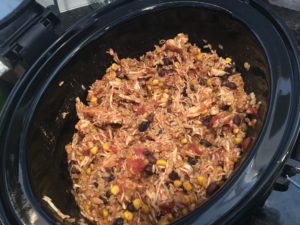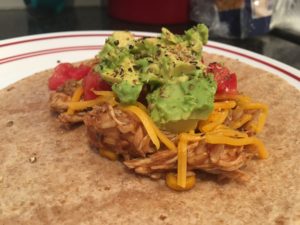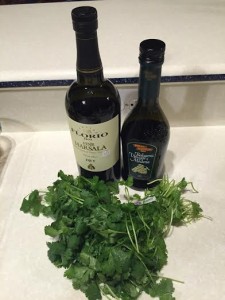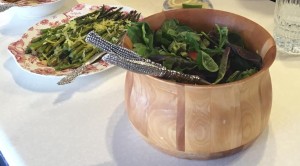Slow Cooker Turkey Tacos
Turkey Taco Bowl – Get Creative
Looking for a new slow cooker recipe? We’ve found just the one to zest up your menu! This Turkey Taco Bowl makes some simple healthy alternatives that help lower sodium and fat while increasing protein, all while using lots of pantry staples. It’s easy and super versatile! Check it out!
Ingredients:
Spice Mix
1 T chili powder
2 tsp ground cumin
2 tsp onion powder
1 tsp dried oregano
½ tsp sea salt
Turkey Filling
1 ½ lbs turkey breast cutlets
1 (15 ¼ oz) can no-salt-added corn, drained and rinsed
1 (14 ½ oz) can no-salt-added diced tomatoes
1 (15 oz) can no-salt-added black beans, drained and rinsed
2 ¼ C water, divided
1 ½ C dry brown rice
Taco Toppings
1 ¾ C tomatoes, diced
1 C (about 1 large) avocado, diced
½ C shredded sharp cheddar cheese
½ C nonfat, plain Greek yogurt
Instructions
In a small bowl, mix together chili powder, cumin, onion powder, oregano, and sea salt.
Place turkey in a single layer in a slow cooker (crock-pot). Sprinkle spice mix on top of turkey. Layer corn, diced tomatoes and black beans on top of turkey. Pour 1 ½ cups water on top of turkey and vegetables. Cook in slow cooker on high for 3 hours.
Add brown rice and remaining ¾ cup water. Stir to mix ingredients. Cook on low for 2 hours.
Before serving, mix filling with a fork, breaking cooked turkey into small pieces. Serve as a taco bowl with tomato, avocado, cheese and Greek yogurt.
Nutrition Facts:
Servings per recipe – 7; serving size – 1 ½ C; calories – 428; total fat – 8g; protein – 37g
To add some variety to this recipe– enjoy it by itself, put it on top of tortilla chips, broil the filling in half of a bell pepper topped with cheese, or try rolling it into tortillas for easy enchiladas. Get creative! –SY




 Instructions
Instructions

